What’s the best camera for you? It’s one of the most basic questions that any aspiring photographer will ask considering the number of cameras available these days. The goal of this article isn’t to state that one brand is superior to another however, it is to present the most significant aspects to consider when choosing the camera.
Though most of us have phones that are capable of taking great photos but there are certain areas where smartphones are still not catching up with the latest DSLR and mirrorless camera. Here are some points you should consider to decide which camera is the best one for you.
The Three Issues of an Expensive Camera
1. Lenses and Other Costs
Through over the years, I’ve encountered a number of people who are unsure if it’s worth purchasing an DSLR and if it’s better to just continue using their smartphone. I always respond to that issue with another one: “Are you serious enough about photography that are willing to purchase additional lenses and accessories that might cost more than the initial DSLR camera?”
A large portion of the price of the camera lies in the other items you might require. A tripod, lenses bag for cameras and an IPS monitor and post-processing software as well as monitor calibration equipment and more. If your response to this question is not yes, then a great mobile phone will be the ideal choice for you. If yes, then it’s time to answer another question.
2. Sharing Images
Another question that I pose the following question: ” Are you willing to accept that you aren’t able to upload images instantly on Facebook or Instagram? Facebook or Instagram page?”If the answer is no, then you’ll likely be happier using a smartphone instead of an DSLR.
It’s true that the latest DSLR or mirrorless models are equipped with features like built-in WiFi to help make sharing a more efficient. However it’s not going to make any sense to purchase an DSLR even if you have no desire to load those images on your computer and modifying them the conventional way. The majority of the amazing photos you see posted by professionals on Instagram don’t come straight from the camera. They result from extensive preparation and hours spent processing the images on the computer.
If that is a good fit for you, and you’re willing to spend time with one image rather than simply sharing and clicking the image, then you need to ask yourself the following question.
3. Learning Curve
Photography requires a lot of learning and requires a lot of practice on both artistic and technical fronts. My final inquiry is, “Are are you prepared to put in the effort for months, or perhaps several years?”
There’s a reason photographers are angry when a person comes out with a statement such as “Wow! The photo looks fantastic. What camera did you take the picture with?” The technical and artistic process involved in creating a photo is far more significant than the equipment used to create it. The question is as silly the same as asking a painter “Which brush did you use to create this image?”
Camera equipment does play an essential role in capturing great photos. However, the purchasing of a costly DSLR (or mirrorless) camera won’t ensure a good picture. If it’s not accompanied by knowledge of how to operate cameras, even your smartphone could give you better point-and-click images.
Budget
If you’ve answered yes to all of the above questions the following step would be to establish your budget. If you are planning to purchase an DSLR as well as a mirrorless camera, the $500 budget is the minimum. A budget of $750 is highly recommended, while a budget of $1000 is ideal, especially when you are looking for a high-quality assortment of accessories.
If you purchase a basic consumer camera that comes with a kit lens at $500, you’ll be upgrading it within two to three years, provided you are making significant improvements. A semi-pro or enthusiast level camera which costs around $750 for the camera alone will keep you satisfied for 3 years prior to an upgrade becoming unavoidable. A starting full frame body that costs around $1500 will keep you satisfied for a long time.
No matter what budget you choose an advanced camera today will be an generation or two further behind than it was in the past five years, and possibly outdated. Photography at ISO 1600 was considered a joke in 2010, however today we’re seeing prints made in ISO 6400 and beyond. Even lenses aren’t immune to this. For instance this Nikon 20mm f/1.8 G was long considered to be one of the best high-end wide angle lens on the market up until its mirrorless model was superior to it by a significant amount.
It’s not that you should buy the “latest and most advanced.” You can still take excellent quality photos with every modern digital camera or any DSLR manufactured in the last 10 years or that. If you’d rather stay ahead of the technological curve it is possible that you will end up paying more than you originally planned to.
New or Used?
It’s usually a good option to opt for an older, used camera with higher-end specs instead of a brand new entry-level model for an initial camera. In fact, a that has been refurbished by the manufacturer might be the most suitable option. When you move from a novice to an intermediate level you’ll end up becoming more knowledgeable about equipment and start to understand some of the more sophisticated features and manual controls. Additionally, you’ll have a better concept of what equipment you’ll need in the near future, which is why it’s important to start saving money by starting with second-hand.
Let’s take a look at the fact that a person wants to buy an initial camera with Nikon, Canon or Sony. It could be logical to purchase the top equipment available like we would do with other electronic products. However, what percentage of us would consider buying an Ferrari to be our primary automobile?
When Camera Gear Doesn’t Matter
The photo below was captured using the Nikon D5100, which was an entry-level camera back in 2013. A standard 18-55mm lens kit was used on the camera in order to capture it. It was not a fancy camera whatsoever. Yet, this image made it onto the WWF calendar, which has dimensions of 18 12” x 18″ and with the highest quality image. The weather was perfect and the lighting was near perfect at the time I took the photo below.

In such situations when you have images that are taken during the daytime of static subjects, equipment is not as important. Imagine using the above photo on the phone, and although it might not be of the same quality of image when printed in large format, it would appear similar overall.
When Camera Gear Does Matter
1. Low Light Performance
Have a look at the picture that follows, captured at a time when the conditions were far from optimal:

The image of the gray-backed woodpecker above was captured in a dark, dim environment. It is a major credit at the Nikon D750’s superior ISO performance as well as its Nikon D750 and Nikon 200 to 500mm f/5.6 combo that auto was focused with precision, despite the low lighting conditions.
The D5100 could have thrown out an unusable and noisy image as well as any entry-level lens would have been searching for focus for a long time. On the other hand an lens like one like the Nikon 400mm f/2.8 would have given me a much better image than the one shown above. There’s a reason athletes on the sidelines of the Olympics typically use these lenses. However, they’re also significantly higher in cost than Telephoto I used, as well as many other less expensive telephotos available that are available.
2. Autofocus
The AF performance is among the main selling points of modern cameras or lens. There are two components of it: AF precision and the speed of AF. There are some conditions, like shooting birds in flight that rely largely on autofocus. A majority of entry-level cameras don’t have a fast autofocus feature and may also have less ability to track. This isn’t likely to pose an issue when you are shooting your kid’s sporting events from a distance, however it’ll become apparent when you plan to shoot complicated sports or wildlife photography under challenging lighting.
3. Megapixels
Really? If this was the only thing that matters in a camera, why would professionals choose top-of-the-line cameras such as Nikon’s D4 and D5 as well as Canon’s 1DX Mark III, neither of which have more than 21 megapixels? Megapixels aren’t a big factor in the quality of images, even if you’re doing a 20”x30 print. (And how many novices actually make that kind of print?)
There is no doubt that having the more pixels allow you to crop your photos but even at the highest resolution, it’s not recommended to cut too much in the image. It’s obvious that you shouldn’t be concerned about megapixels or camera resolution..
4. Do You Need a Flagship Camera?
The past has been a bit of a challenge, I’ve admitted that I’ve returned empty handed, in part because my camera wasn’t enough to create a spectacular scene. This is especially true for difficult subjects such as birds flying, Milky Way photography, and even specialized genres like underwater photography. It’s a fact that even if the entry-level cameras and kit lens produced flawless results in all conditions there’s no reason to be tempted to buy expensive gear and accessories that can cost ten times more.
However, an expensive lens mounted on a high-end camera does not guarantee excellent outcomes. It takes time in order to understand how to use cameras, and to comprehend what gear you require to start with. If you’re not aware of these aspects, you could discover yourself changing the camera frequently without any noticeable improvement in the quality of the photo.
Differences Between Camera Companies
If a single manufacturer made superior gear than other manufacturers then by now, that manufacturer would be the sole manufacturer. Others would have been out of business due to obvious reasons, but this isn’t the case. There are many happy professionals who use Nikon, Canon, Sony & Fuji equipment, in addition to several other brands.
The debate over who makes the most effective camera Nikon or Canon for instance, has been ongoing for a long time and is still ongoing. In reality, even when people were arguing over whether they were superior to the both brands Sony has quietly created a space for its own by investing heavily into the mirrorless market. Check out Nasim’s Nikon comparison with Canon comparison between Sony article to read an analysis of the two brands, and check out his post on DSLR and Mirrorless camera.
I prefer Nikon equipment, but not just because I believe that it’s the most effective. I use Nikon since I’ve put hundreds of dollars into it, and have become accustomed to it over time and am pleased with the results. Anyone who isn’t a brand fanatic is trying to play the role of an obstacle to stop others from taking up photography.
If you’re purchasing a new camera that you’ve never owned before, then have to decide the camera manufacturer you want to invest into. Here are some tips that a beginner might appreciate when choosing a camera brand:
1. It’s All About the Glass
The lenses are your cameras’ eyes. They decide the images you capture and see and also the majority of the quality of your images. Over time, every photographer realises that they purchase cameras that are compatible with the lenses they own and not vice versa. A lot of photographers own more than a dozen lenses more, but only two or three cameras to attach them.
It is due to this fact that switching brands will become increasingly difficult when you advance in the field of photography. As an example I love taking pictures of wildlife and landscapes. Today, as I’m putting this article up, Sony mirrorless cameras may have greater autofocus than Nikon mirrorless. Autofocus is among the most sought-after traits in photography of wildlife. However, I’d prefer to wait to see Nikon to get on the same page (which they will surely do) instead of switching to Sony.
2. Ecosystem
There are two motives that make photographers stick to their brand. One, a photographer who likely own a half dozen lenses would be losing lots of money by selling them all, and then switching to a different brand. In addition, the photographer would have to learn the new menu system, button layout and more. Similar to Android users having trouble with iPhones when they switch, and the reverse is true.
It’s Nikon, Canon, Sony, Fuji, Pentax or Panasonic you won’t be making the wrong decision. If a manufacturer creates game-changing innovations and it’s only the time that other manufacturers catch up. It is not necessary to change systems with every new technological advancement. For instance, Sony has been ahead of Nikon and Canon for a long time in the market for mirrorless cameras, however, Nikon as well as Canon invest heavily into it, and are slowly getting closer. In a few years there will be only minor differences and it’s difficult to predict which one will be leading. (It might even be a distinct brands based on the style you like best in photography.)
3. The Future
Mirrorless cameras are the future. The majority of manufacturers are heading towards this direction. But there are a lot of people planning stay with DSLRs for a while in addition, DSLR costs are trending downward (especially in markets that sell used models). If you do decide to purchase the DSLR instead of a mirrorless camera make sure you be aware of the lineup of mirrorless cameras from Canon as there’s a likely that you’ll choose in the near future. Also, check out DSLR and mirrorless camerass for more details.
When to Upgrade?
Manufacturers continue to come up with new equipment each month. You don’t have to purchase every upgrade that the manufacturer releases. I was quite content with my Nikon D7000 for a number of years. It wasn’t until I began to photograph at night that I realized the quality of the images a little unsatisfactory. I upgraded onto Nikon D750 Nikon D750 over a couple of years ago due to its larger sensor as well as better low-light performance.
There will be a time when photographers realize their equipment isn’t capable of taking the photo you’d like, no matter the method you employ. This is when you should look into the possibility of upgrading (either the camera lens, camera, or an accessory that can assist) Not every time new equipment comes out.
Conclusion
A few of you may be looking at the article in hopes that it was a list of DSLRs that are entry-level models. That’s not the purpose in this piece (though it is something we wrote about it for those who are interested.)
In the end, I hope that this article will provide you a better idea of what you should look for when purchasing a camera your first purchase, in order you can pick the model and brand yourself. It is always best to know what you want before purchasing the equipment instead of buying an item because it’s highly rated by other users.
If you have any concerns you have, feel free to post them in the comment section. I’ll be sure to answer your questions as soon as I can.

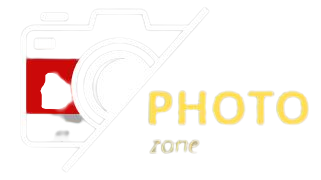




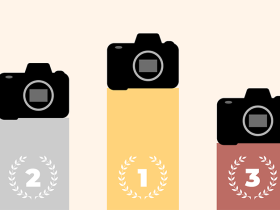
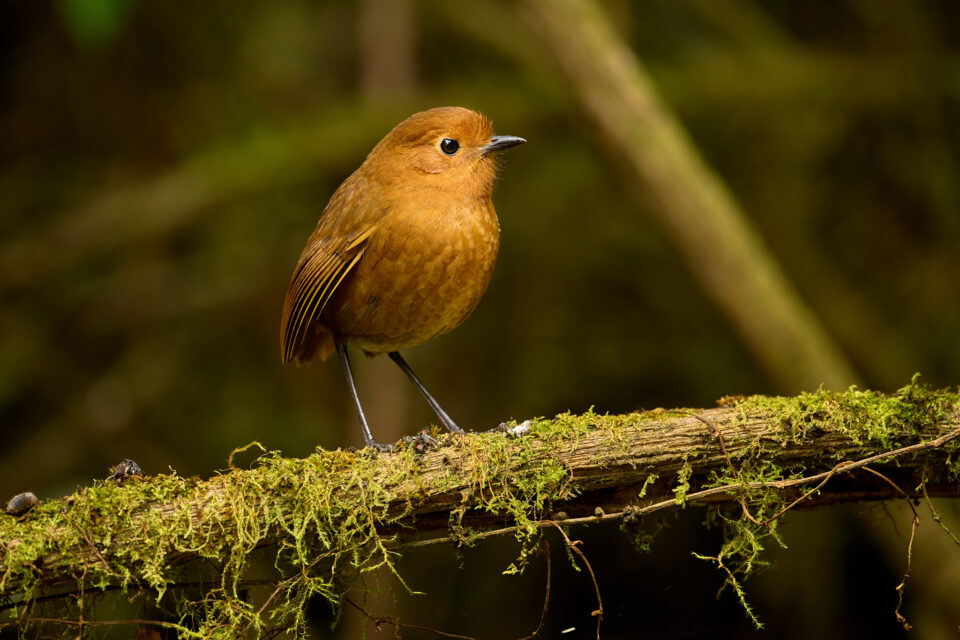

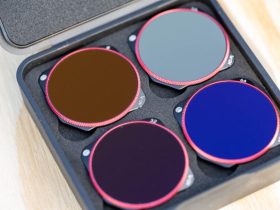
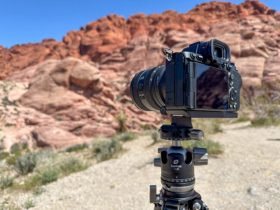

Leave a Reply